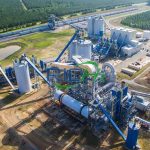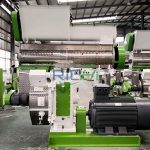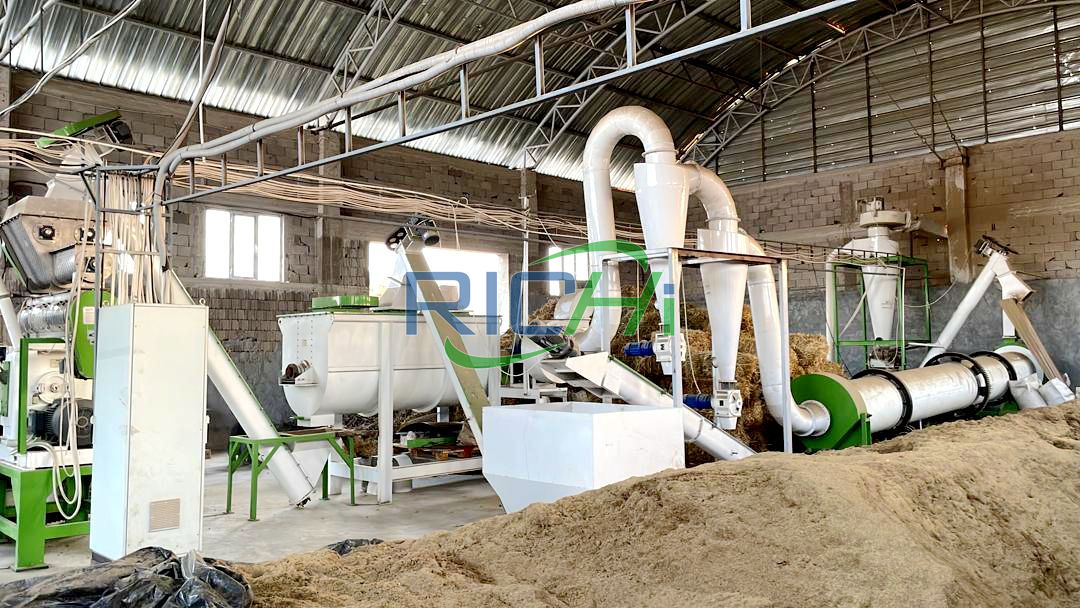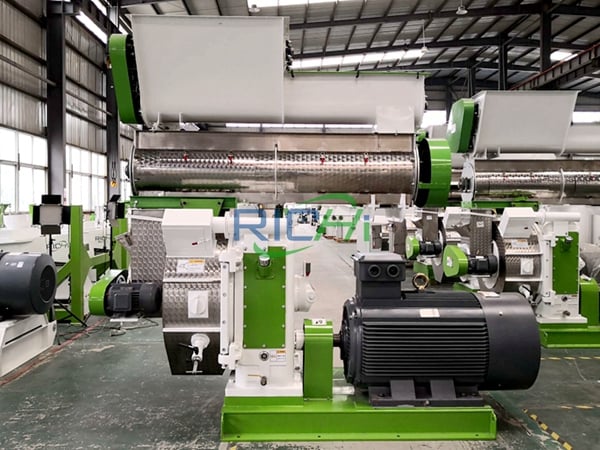India’s vast agricultural resources and growing focus on renewable energy present a promising opportunity for establishing a Napier Grass Pellet Production Line for fuel pellets. This article explores the feasibility, benefits, and considerations of implementing such a project in the Indian context.
Viability of Napier Grass for Fuel Pellet Production in India
Characteristics of Napier Grass:
- High Biomass Yield: Napier grass can produce up to 40 tons of dry matter per hectare annually, making it an efficient crop for biomass production.
- Rapid Growth: The grass grows quickly, allowing for multiple harvests per year in India’s tropical and subtropical climates.
- Adaptability: Thrives in various soil conditions and is resistant to many pests and diseases, making it suitable for cultivation across different regions of India.
- Low Input Requirements: Requires minimal fertilizers and pesticides, aligning with sustainable agricultural practices.
- High Energy Content: Good calorific value, making it suitable for fuel pellet production.
Technical Feasibility of the Production Line
Production Process:
- Harvesting and Collection: Specialized equipment for efficient harvesting of Napier grass.
- Drying: Reducing moisture content to about 15%, which is optimal for pelletization.
- Crushing and Grinding: Reducing the grass to a uniform size suitable for pelletizing.
- Pelletizing: Using a pellet mill to compress the ground material into pellets.
- Cooling: Allowing the pellets to cool and harden.
- Packaging and Storage: Preparing the pellets for distribution and use.
Production capacity can be tailored to meet specific needs, with examples ranging from 1.5-2 tons per hour to 4-5 tons per hour.
Benefits for India
Renewable Energy Source:
- Contributes to India’s goals for increasing renewable energy usage.
Agricultural Diversification:
- Provides farmers with an alternative crop that has industrial demand.
Rural Employment:
- Creates job opportunities in cultivation, processing, and related industries.
Waste Management:
- Offers a solution for agricultural waste management.
Foreign Exchange Savings:
- Reduces dependence on imported fossil fuels.
Environmental Benefits:
- Lower carbon emissions compared to fossil fuels.
Challenges and Considerations
Land Availability:
- Ensuring sufficient land for Napier grass cultivation without competing with food crops.
Water Resources:
- Managing water requirements, especially in water-stressed regions.
Infrastructure:
- Developing the necessary transportation and storage infrastructure.
Market Development:
- Creating awareness and demand for Napier grass fuel pellets.
Regulatory Framework:
- Navigating India’s renewable energy policies and obtaining necessary approvals.
Initial Investment:
- Securing funding for setting up the production line and supporting infrastructure.
Equipment Requirements
A typical Napier grass pellet production line in India would include:
- Harvesting Equipment: Specialized harvesters adapted for Napier grass.
- Drying System: Rotary dryers or solar drying facilities, depending on the scale of operation.
- Grinding Machinery: Hammer mills or similar equipment for size reduction.
- Pellet Mills: High-capacity pellet presses suitable for processing Napier grass.
- Cooling Systems: Counterflow coolers to stabilize the pellets.
- Packaging Equipment: Automated bagging systems for efficient packaging.
- Quality Control Equipment: Moisture meters, durability testers, and other quality assurance tools.
Adaptation to Indian Conditions
Necessary Adaptations:
- Climate Considerations: Designing drying systems that can operate efficiently in India’s varied climate conditions.
- Power Supply: Incorporating backup power systems to ensure continuous operation in areas with unreliable electricity supply.
- Dust Control: Implementing robust dust control measures to comply with Indian environmental regulations.
- Localization: Using locally available components where possible to reduce costs and facilitate maintenance.
Market Potential in India
Significant Market Potential:
- Industrial Use: As a replacement for coal in industrial boilers and power plants.
- Domestic Use: For cooking and heating in rural and semi-urban areas.
- Export Potential: Possibility of exporting to countries seeking sustainable biomass fuels.
Case Studies and Lessons Learned
While specific examples from India are limited, lessons can be drawn from similar projects in other countries:
- Philippines Project: A 2 TPH Napier grass pellet production line demonstrates the feasibility of the technology.
- Adaptability: Production lines capable of processing multiple types of biomass (e.g., wood, agricultural residues) offer greater flexibility.
- Quality Standards: Adhering to international quality standards (e.g., ENplus) can open up export markets.
Conclusion
Building a Napier Grass Pellet Production Line in India for processing fuel pellets is not only feasible but also aligns well with the country’s renewable energy goals and agricultural potential. The technology exists and has been successfully implemented in similar contexts, suggesting that it can be adapted to Indian conditions.
The project offers numerous benefits, including renewable energy production, agricultural diversification, and rural employment opportunities. However, challenges such as land use, water management, and market development need to be carefully addressed.
For successful implementation, a comprehensive approach involving government support, private sector investment, and community engagement is crucial. Pilot projects could be initiated in regions with suitable agro-climatic conditions to demonstrate the viability and refine the process for wider adoption.
As India continues to seek sustainable energy solutions, Napier grass fuel pellets present a promising option that leverages the country’s agricultural strengths while contributing to its energy security and environmental goals. With proper planning and execution, a Napier Grass Pellet Production Line could become a valuable component of India’s renewable energy landscape.
Related post: https://www.pellet-richi.com/wood-pellet-machine/grass-alfalfa-pellet-machine.html










